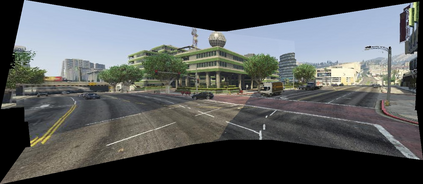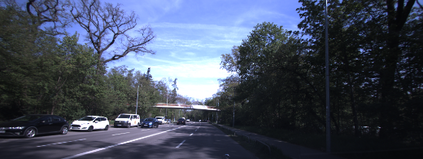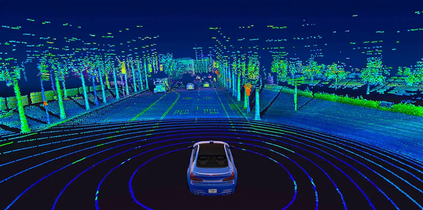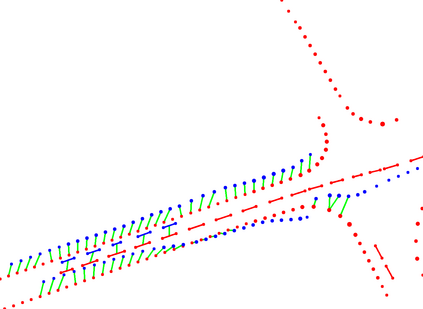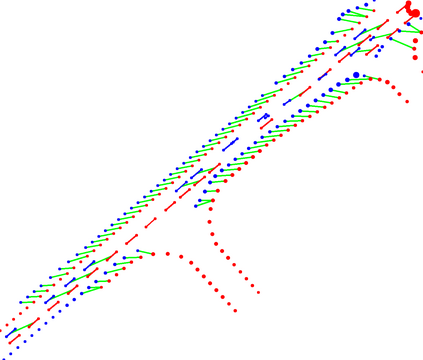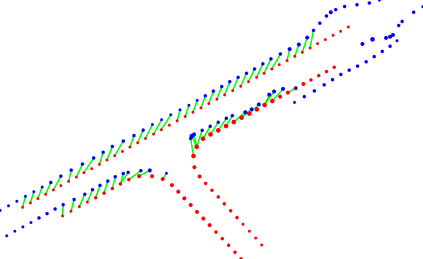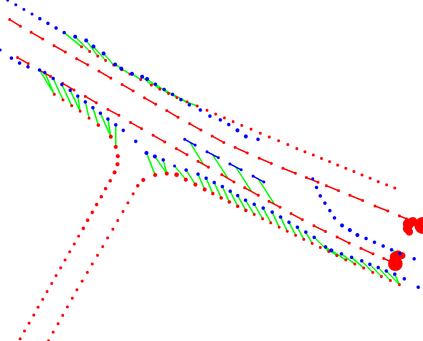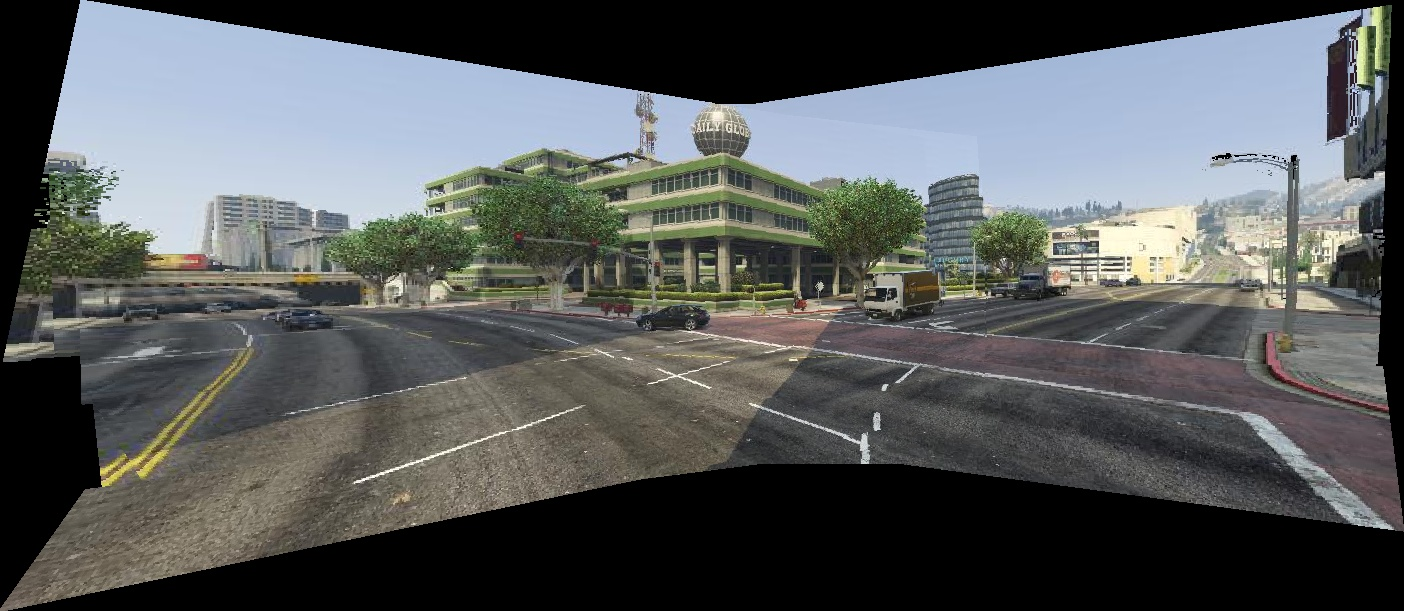While complete localization approaches are widely studied in the literature, their data association and data representation subprocesses usually go unnoticed. However, both are a key part of the final pose estimation. In this work, we present DA-LMR (Delta-Angle Lane Markings Representation), a robust data representation in the context of localization approaches. We propose a representation of lane markings that encodes how a curve changes in each point and includes this information in an additional dimension, thus providing a more detailed geometric structure description of the data. We also propose DC-SAC (Distance-Compatible Sample Consensus), a data association method. This is a heuristic version of RANSAC that dramatically reduces the hypothesis space by distance compatibility restrictions. We compare the presented methods with some state-of-the-art data representation and data association approaches in different noisy scenarios. The DA-LMR and DC-SAC produce the most promising combination among those compared, reaching 98.1% in precision and 99.7% in recall for noisy data with 0.5m of standard deviation.
翻译:虽然文献中广泛研究了完全的本地化方法,但其数据关联和数据代表子过程通常不为人注意,但两者都是最终构成估计的关键部分。在这项工作中,我们介绍了DA-LMR(Delta-Angle Lane 标志代表),这是在本地化方法中强有力的数据代表。我们提议了一种车道标识的表示方式,该代表方式将曲线在每个点的变化方式编码起来,并将这一信息包含在另一个层面,从而对数据进行更详细的几何结构描述。我们还提议了数据组合方法,即DC-SAC(Discentance-Complective Counity-Complicates),这是一种数据组合方法。这是一种超常版的RANSAC(RANSAC),它通过距离兼容性限制大大缩小了假设空间。我们比较了所提出的方法与一些最先进的数据代表方式和数据关联方法在不同噪音情况下采用的方法。DA-LMR和DC-SAC在比较数据中产生了最有希望的组合,精确率达到98.1%,在回忆中达到99.7%,对噪音数据有0.5米的标准偏差。

